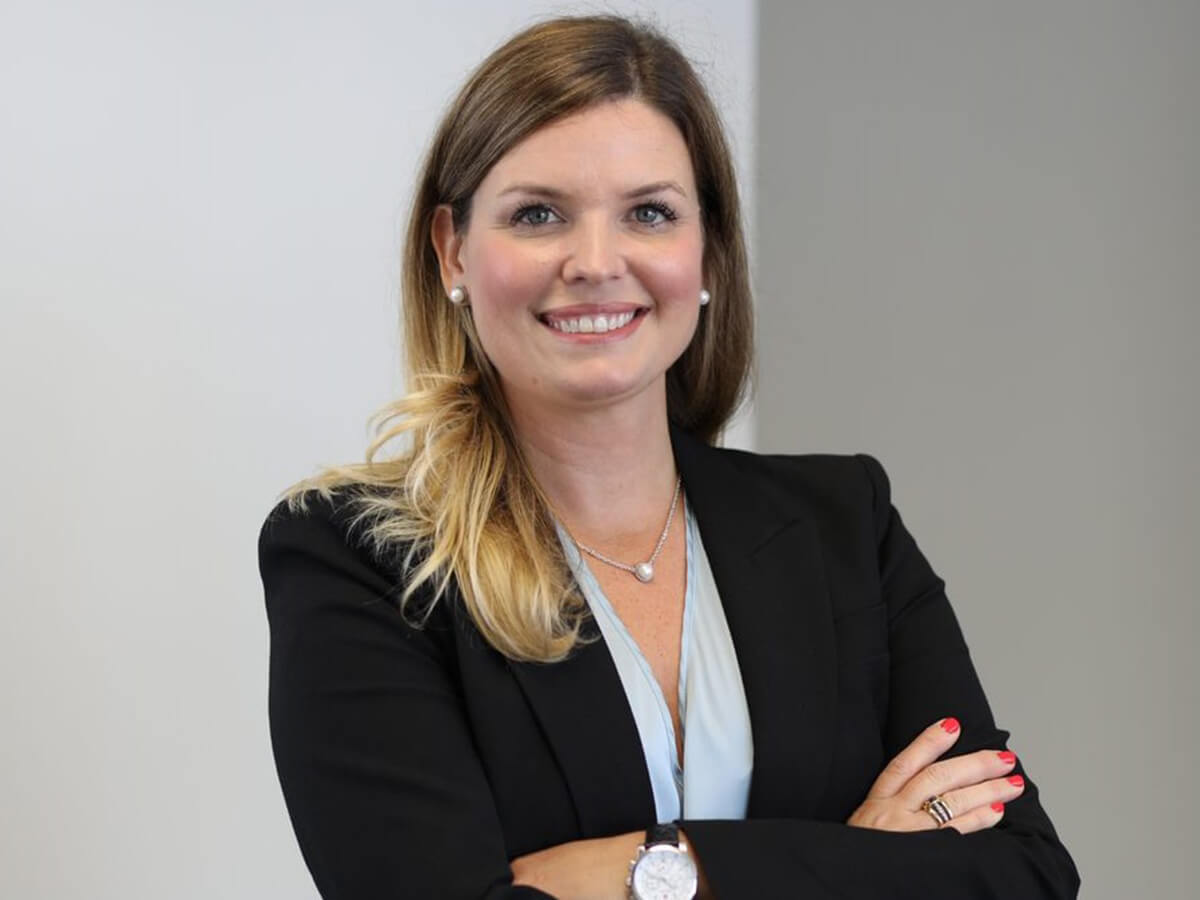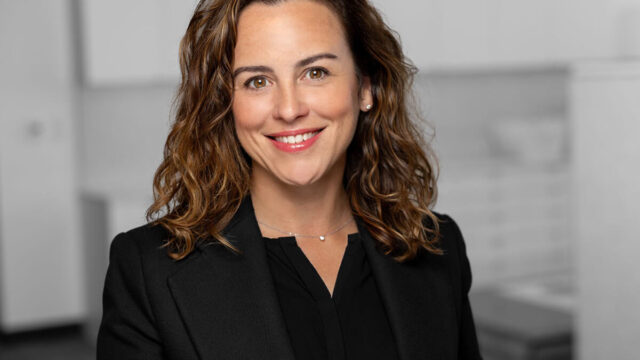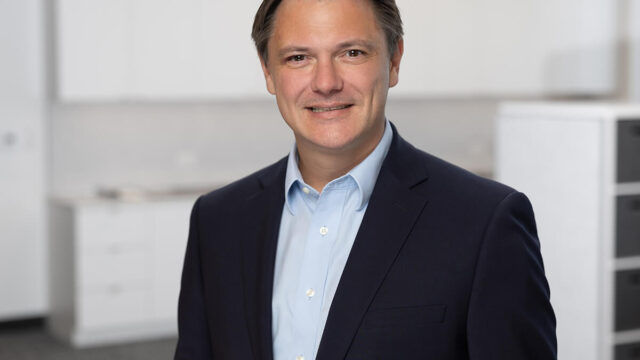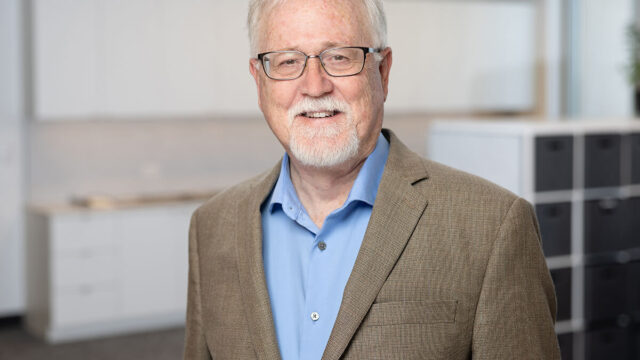By Kate Pittman
For new projects and redevelopments, choosing the proper architecture and design firm to partner with is vital. Architecture and design firms act as an owner’s creative representative for projects, and equally importantly, the right partner listens to their client and understands their company’s objectives.
When starting a new project, the design team must look at the overall design not just through a design aesthetic lens but also through the perspective of an owner and operator. So what’s the exact process involved? To start, your relationship with a hotel brand or owner must be fostered by earning their trust. Then you must consider the client’s expectations, and from there the design process can begin. Once these are complete, owners will be left with a successful project that will keep owners coming back for more.
Fostering relationships
Every client relationship begins on a personal level. It’s about developing a relationship and connecting with them on a personal level to understand their background, experience, who they are, and what’s important to them. Once the foundation is built then the exchange of knowledge can take place, you can learn more about the challenges they are facing and what’s making them nervous about their project. This provides an entryway to offer help and expertise.
The relationships between architecture and design partners and owners are strengthened when the design company earns the role as a trusted advisor to an owner. It is usually not a project opportunity that establishes the relationship with a new client, but rather, the design team’s ability to listen to the client, understand their company’s objectives, and their ability to help the owner in a process that gets the ball rolling on an initiative that they may need help with.
Client expectations
When clients are searching for the right architect and design partner, they are looking for an experienced team that can provide a short time of execution from conceptual design, schematic design, design development, then into construction documentation. Equally important to owners is providing them with functional designs that take into account both the operational aspect of the hotel and the guest experience. Additionally, a firm with a wealth of experience can add a personal touch that provides innovation, creativity, uniqueness and collaboration that sets their hotel apart from their neighbors and the regional competitive set. Clients also want to work with a team that is effective and on time when communicating with owners, brand operations, project managers and architects of record. One final aspect to consider is a brand with established brand intimacy. Having this understanding of each major brand’s design needs and brand book branding helps generate a design that satisfies the brands and therefore faster brand approvals.
Beginning the design process
Basically, there is a kick-off. This is a brain dump of information from the client, brand and other stakeholders in the project. The architect and design team may brainstorm with them, ask questions and show images (of past projects or other inspirational images) to get a sense of a style that excites them and maybe ideas on desired functions of a resort or hotel (ie: a special outdoor spa with a temescal for a desert resort or an opulent red themed cosmopolitan bar in a city hotel). It is the designer’s job to bring these dreams to life (if the client has them, sometimes they don’t and that is the biggest reason they come to us—to set their property apart with these creative ideas).
The first step that takes place when a client requests architecture and design services, is identifying if the hotel has already been branded. From there, an analysis of the client’s budget will take place. Once the client agrees upon a budget, the architecture and interior design team will provide a proposal of the design services that the client is requesting. After this stage is completed, a kick-off meeting with the design team, client and other stakeholders will take place. These meetings are collaborative and allow architects and designers to gather insights and gain a deeper understanding of the client’s expectations for style and their overall desired vision.
This meeting is important for all stakeholders to communicate and arrive at a launchpad for the design team to take the information from that meeting and massage the design over the coming weeks. All the while a team that understands the needs of a client is periodically meeting with both the client and the brand (if one is involved), sharing drawings, models, material selections and inspiration to make certain that all stakeholders are on the same page and approving of the direction of the design, until the end of the design and through completion of construction documents.
Retaining repeat business
The key to retaining clients is communication and transparency. It is important that whenever a challenge may arise that it is brought to light and a solution is in place. Doing so helps build trust and helps teams stay accountable. Another important factor is making sure everyone on the team is working to their full potential and providing quality work in order to meet deadlines and come in on budget. Additionally, the ability to offer clients strong relationships with vendors and consultants is another element that keeps clients coming back. It is important to have the right people lined up to do the job and do it well.
Overall, when it comes to new projects and redevelopments, choosing the proper architecture and design firm partner is imperative. When doing so, one must consider the firm’s experience, knowledge and overall ability. Partnering with a firm that checks each of these boxes will lead to a successful project that remains on time and on budget with a unique and innovative design that reflects the hotel brand and rising trends.
Kate Pittman serves as VP, strategic partnerships of hospitality for Premier, which offers turn-key services for hoteliers. With more than 15 years of experience as an architectural designer, marketing and business development professional, Pittman oversees client relationships, and firm partnerships for the Dallas-based company, while exploring new opportunities in the hospitality sector.
This is a contributed piece to InspireDesign, authored by an industry professional. The thoughts expressed are the perspective of the bylined individual.




